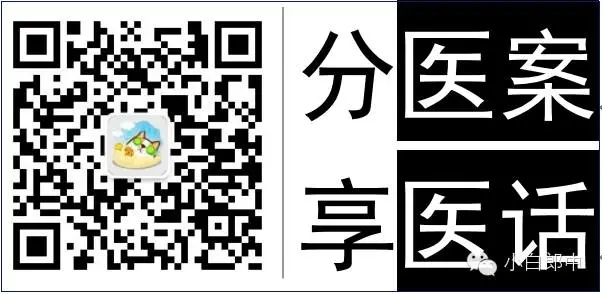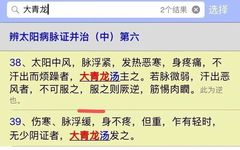Traditional Chinese Medicine Case Studies / Medical Discussions / Clinical Reference Articles for Learning TCM
Jing Zhi Tang discusses the use of Ma Huang Sheng Ma Decoction for patients with tight skin and deficient fluids who present symptoms similar to Ma Huang Tang and Da Qing Long Tang.Patients who are thin with tight skin are prone to exterior pathogenic factors, but they can also recover well.The skin is warm, the palms are not hot, and may even be cool, while the lung qi is strong, and the liver qi is cold and constricted, often experiencing external pathogenic factors (external cold with internal heat) or occasionally mixed with some internal deficiency, but the pattern of exterior deficiency with cold and internal heat is also common.In contrast to those with loose skin or those who are weak and overweight, who may experience coldness in the chest and excessive sweating in the palms (liver excess with lung qi deficiency), leading to internal injuries (external heat with internal cold; internal injury refers to internal deficiency with cold). Therefore, the constitution of individuals with loose versus tight skin is different.Let’s first discuss a case of a 4-year-old child with relatively loose skin. On the evening of September 10, he suddenly developed a fever over 39 degrees Celsius, came for diagnosis, and presented with dizziness and headache. The tongue was red with a slightly white and greasy coating. The pulse was thin, slightly floating, rapid, and weak, but the spirit was good, with no cough or vomiting. Considering his congenital constitution and the current weather, there was some internal injury mixed with external pathogenic factors, and a combination of Chinese patent medicines was used: one packet of Yin Qiao Jie Du Granules and two bottles of Bao Ji Oral Liquid. After more than an hour, the fever subsided, and the next morning his temperature returned to normal. He continued with the Bao Ji Oral Liquid for consolidation, and he has been well since.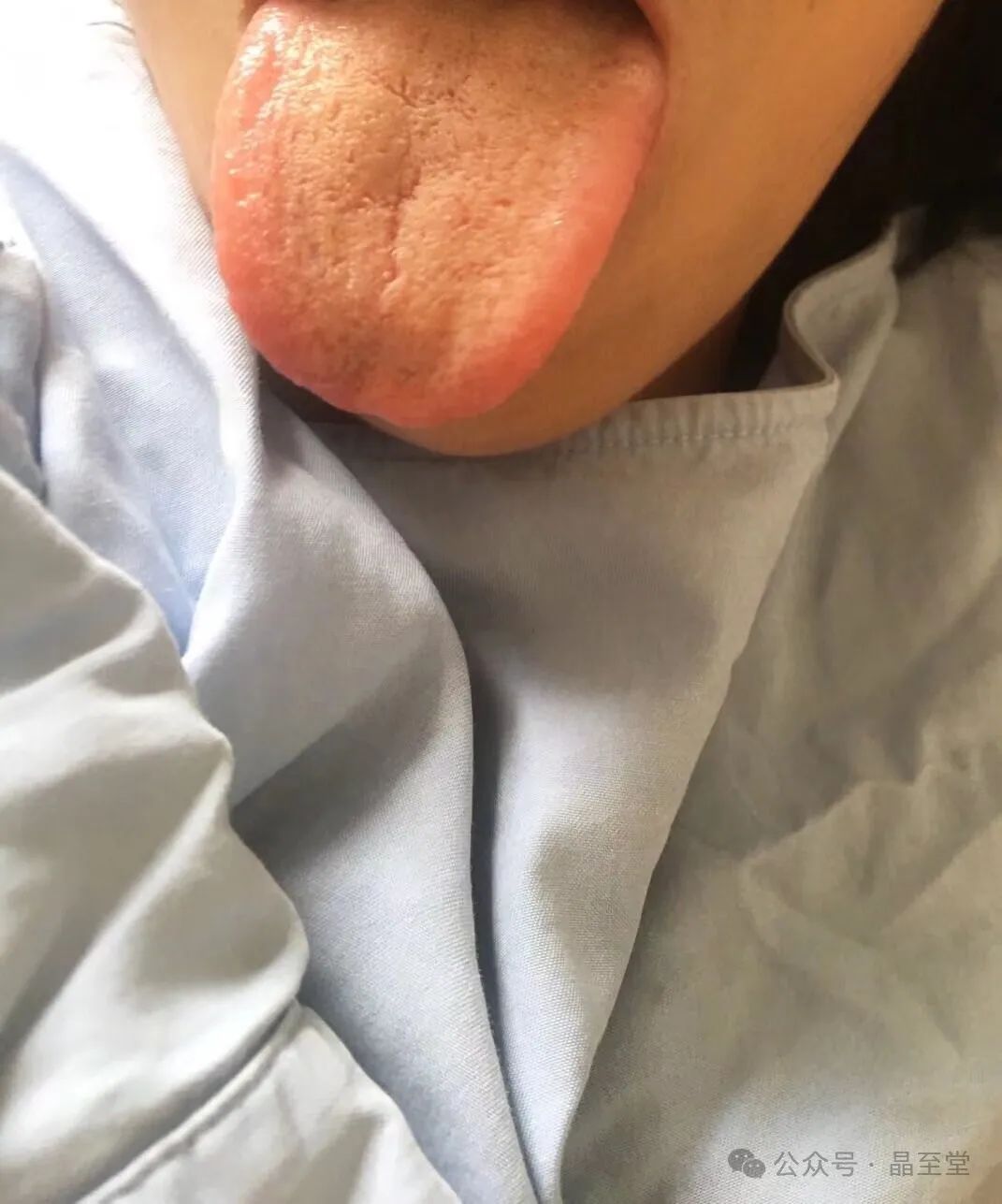
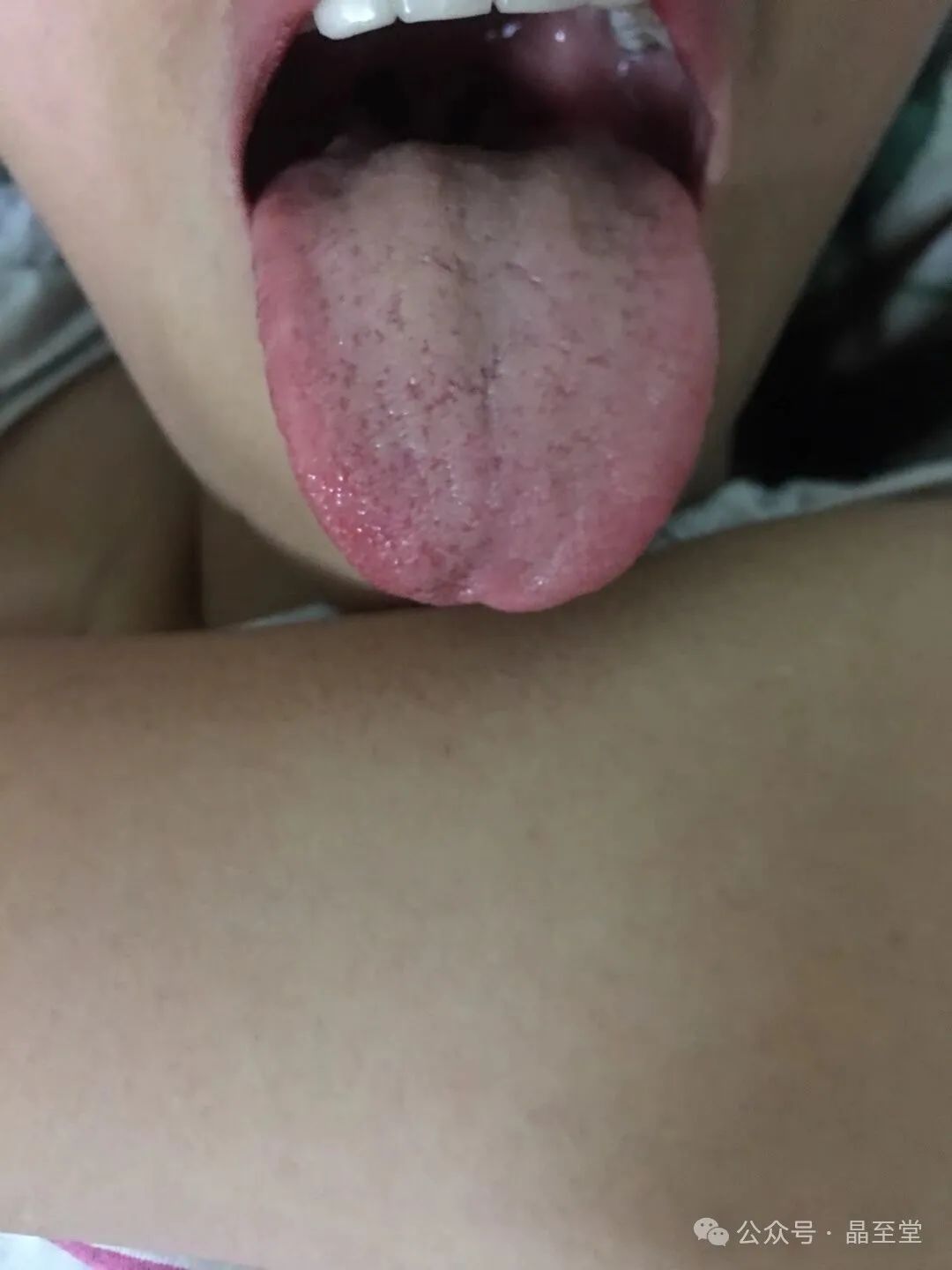
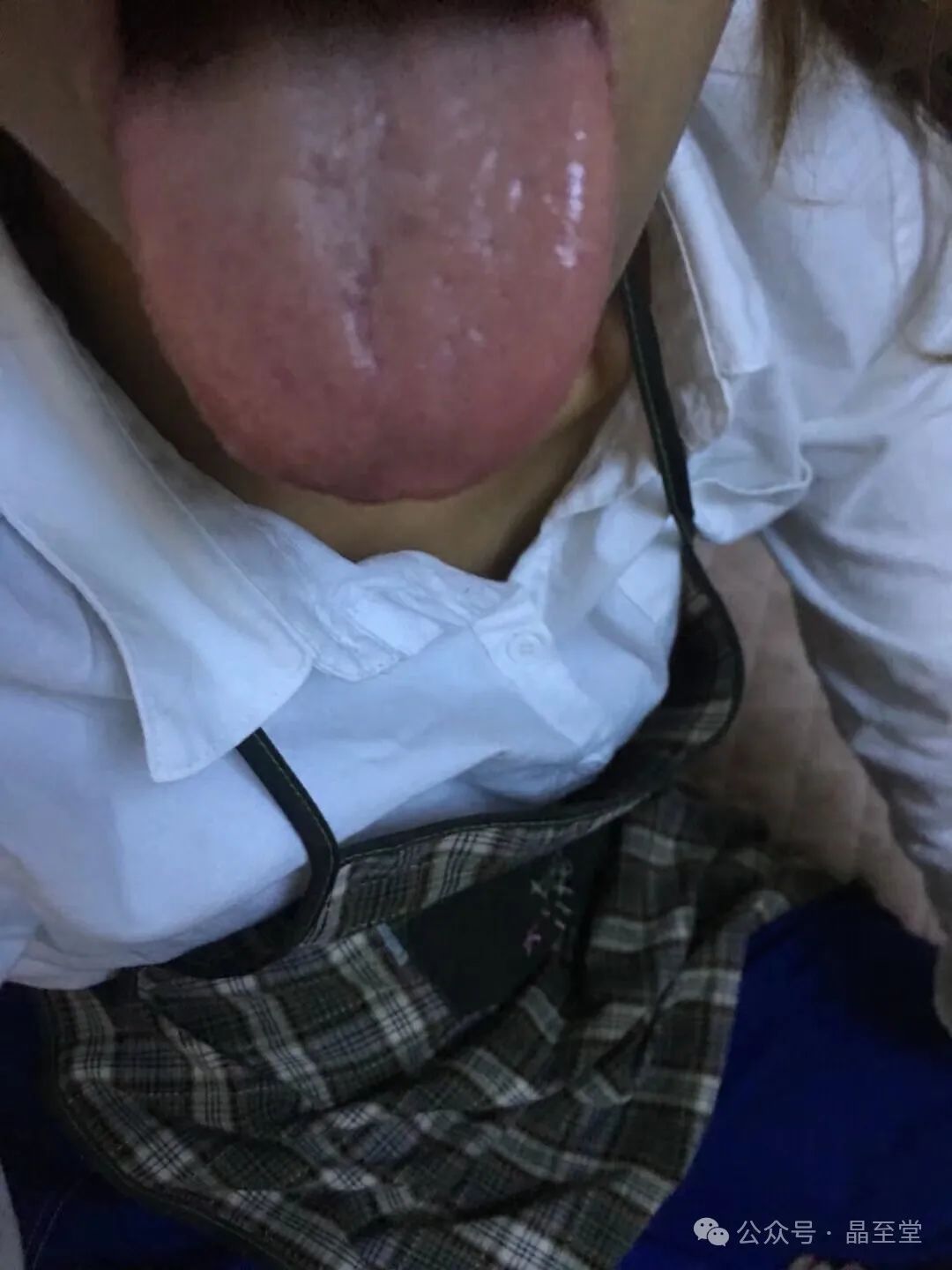 ·····Returning to the main topic, the mother of the child, whose skin is tight and delicate with a slightly healthy dark complexion, is slim and tight. On September 12, she reported that she might have sweated after being in an air-conditioned room around noon. By the evening, around 6 PM, she suddenly felt dizzy and heavy-headed, and moving around made it worse. She felt cold, with aching joints and limbs, and her temperature was over 39 degrees Celsius. The pulse at the right cun position was slightly floating and thin, slightly rapid with a weak feeling, while the right guan position was slightly heavy, and the right chi position was still somewhat strong upon deep pressure. There was no sweating, and the tongue coating was thin, slightly white with a hint of yellow. I then considered her symptoms: fever with chills, heavy-headedness and pain as if bitten by ants, and overall weakness with difficulty breathing and moaning. The forehead was hot, but the palms were not hot. It resembled the symptoms of Sunstroke with Ma Huang Tang or Da Qing Long Tang, but the fever combined with the pulse was not very tight. After sweating from the air conditioning, it seemed like a cold pathogen had deeply penetrated between the exterior and interior, causing the fever. However, there were no symptoms of sore throat, chest tightness, or nausea, so I prescribed Xiao Chai Hu Granules and Xiao Er Chai Gui Fever Reducer Granules (two packets each, as they had these medicines at home). An hour later, there was indeed no effect; her eyes were slightly red, indicating that the exterior releasing power was insufficient. I believed the patient should have symptoms resembling Ma Huang Tang or Da Qing Long Tang, indicating exterior closure with heavy-headedness, body aches, and fever.
·····Returning to the main topic, the mother of the child, whose skin is tight and delicate with a slightly healthy dark complexion, is slim and tight. On September 12, she reported that she might have sweated after being in an air-conditioned room around noon. By the evening, around 6 PM, she suddenly felt dizzy and heavy-headed, and moving around made it worse. She felt cold, with aching joints and limbs, and her temperature was over 39 degrees Celsius. The pulse at the right cun position was slightly floating and thin, slightly rapid with a weak feeling, while the right guan position was slightly heavy, and the right chi position was still somewhat strong upon deep pressure. There was no sweating, and the tongue coating was thin, slightly white with a hint of yellow. I then considered her symptoms: fever with chills, heavy-headedness and pain as if bitten by ants, and overall weakness with difficulty breathing and moaning. The forehead was hot, but the palms were not hot. It resembled the symptoms of Sunstroke with Ma Huang Tang or Da Qing Long Tang, but the fever combined with the pulse was not very tight. After sweating from the air conditioning, it seemed like a cold pathogen had deeply penetrated between the exterior and interior, causing the fever. However, there were no symptoms of sore throat, chest tightness, or nausea, so I prescribed Xiao Chai Hu Granules and Xiao Er Chai Gui Fever Reducer Granules (two packets each, as they had these medicines at home). An hour later, there was indeed no effect; her eyes were slightly red, indicating that the exterior releasing power was insufficient. I believed the patient should have symptoms resembling Ma Huang Tang or Da Qing Long Tang, indicating exterior closure with heavy-headedness, body aches, and fever.
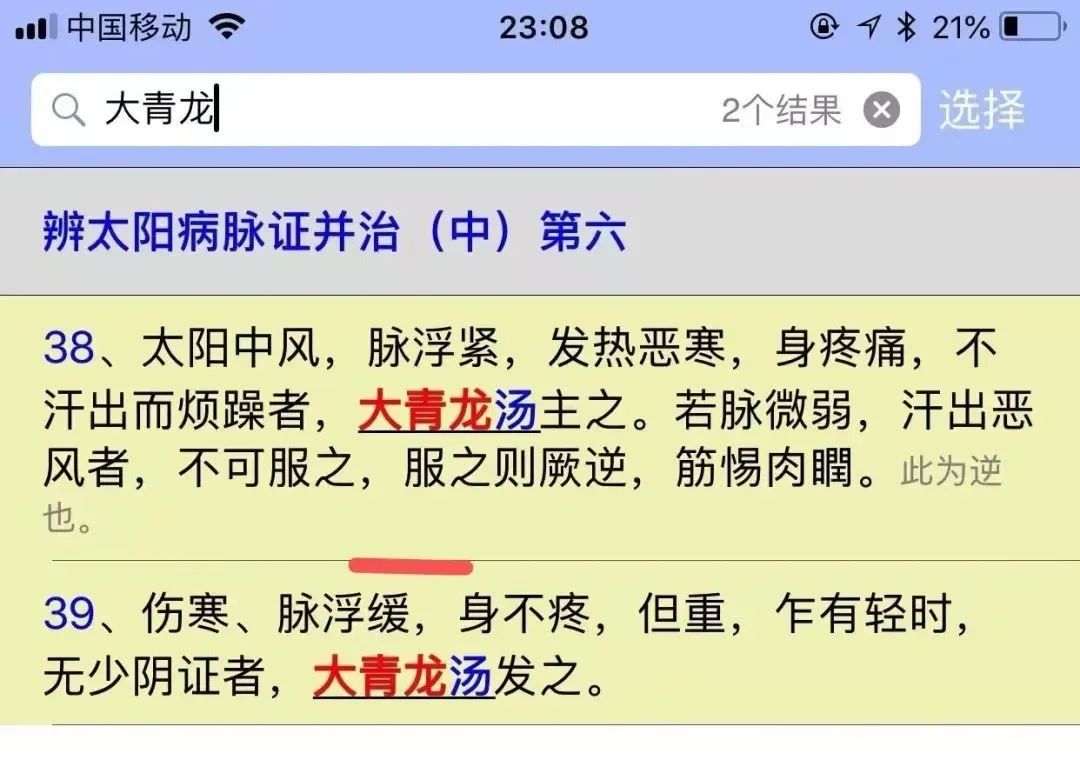 However, since she was thin and had deficient fluids, I thought it necessary to add some fluid-replenishing herbs like Zhu Ye (Bamboo Leaf) and Shi Gao (Gypsum) to the formula. However, it was inconvenient to go out to get medicine at night, so I noticed they had Bao Ji Oral Liquid (which is both cooling and warming, with a balanced exterior-releasing effect), and I had her take two bottles, along with a packet of Yin Qiao Jie Du Granules. At that time, I already felt that the exterior releasing power was insufficient because the back of her hands was relatively warm. After taking the medicine, she only slightly sweated on her forehead, and soon after, it turned to no sweating. Although there was slight relief, she did not have a fever all night. By this morning, her temperature was still 38.7 degrees Celsius, and the remaining symptoms were roughly the same, still with slight chills. Therefore, today I prescribed a decoction, which was a modified version of Ma Huang Tang and Da Qing Long Tang, because although the exterior was somewhat closed, the qi and fluids were deficient, and the ability to disperse was also insufficient. The fluids were depleted, and there was no source for sweating. Therefore, I needed to include Tian Men Dong (Asparagus Tuber) and Yu Zhu (Polygonatum) to nourish the fluids. I thought of Ma Huang Sheng Ma Tang from the Treatise on Cold Damage, which almost perfectly matched her constitution and symptoms.
However, since she was thin and had deficient fluids, I thought it necessary to add some fluid-replenishing herbs like Zhu Ye (Bamboo Leaf) and Shi Gao (Gypsum) to the formula. However, it was inconvenient to go out to get medicine at night, so I noticed they had Bao Ji Oral Liquid (which is both cooling and warming, with a balanced exterior-releasing effect), and I had her take two bottles, along with a packet of Yin Qiao Jie Du Granules. At that time, I already felt that the exterior releasing power was insufficient because the back of her hands was relatively warm. After taking the medicine, she only slightly sweated on her forehead, and soon after, it turned to no sweating. Although there was slight relief, she did not have a fever all night. By this morning, her temperature was still 38.7 degrees Celsius, and the remaining symptoms were roughly the same, still with slight chills. Therefore, today I prescribed a decoction, which was a modified version of Ma Huang Tang and Da Qing Long Tang, because although the exterior was somewhat closed, the qi and fluids were deficient, and the ability to disperse was also insufficient. The fluids were depleted, and there was no source for sweating. Therefore, I needed to include Tian Men Dong (Asparagus Tuber) and Yu Zhu (Polygonatum) to nourish the fluids. I thought of Ma Huang Sheng Ma Tang from the Treatise on Cold Damage, which almost perfectly matched her constitution and symptoms.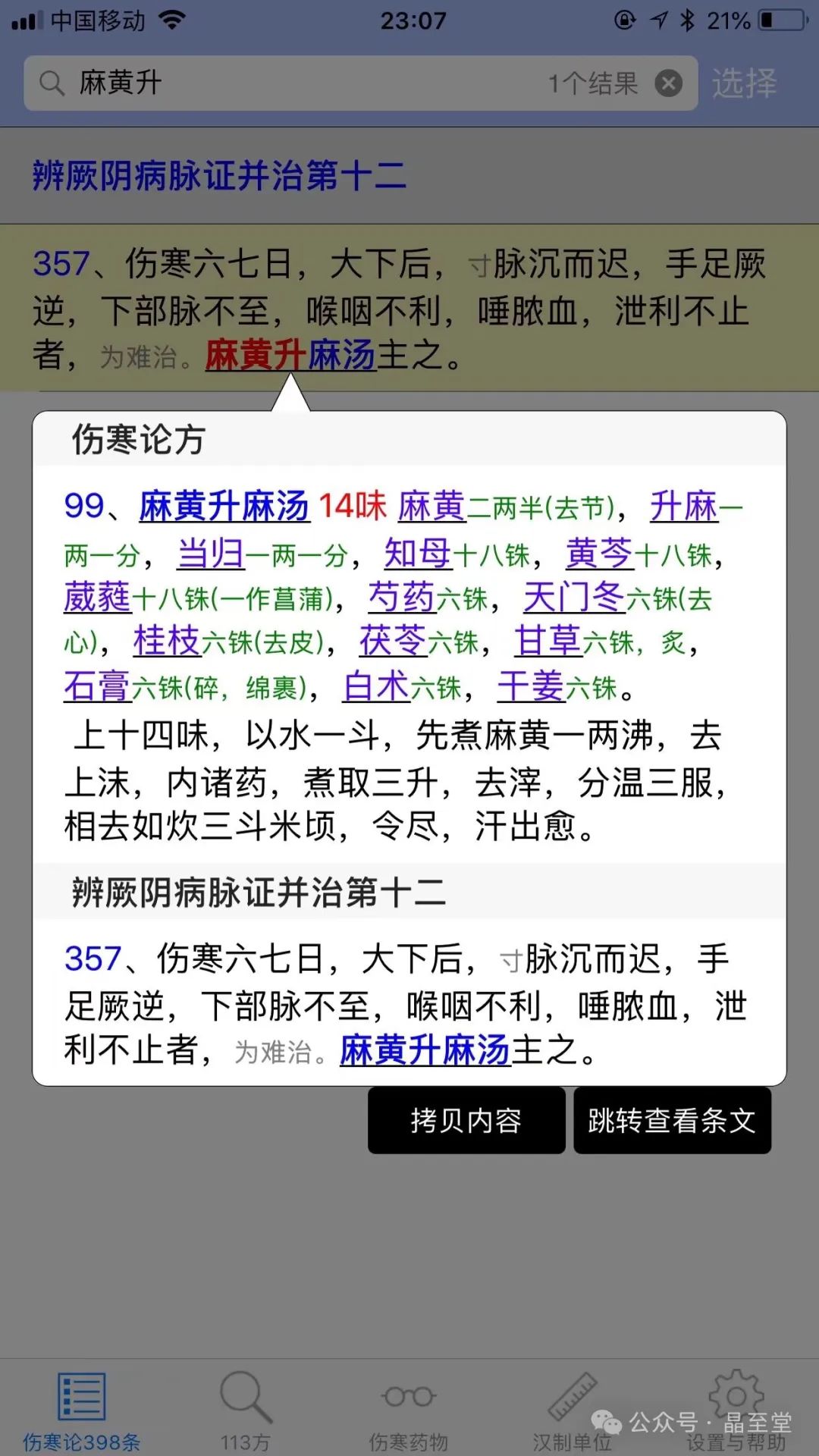 Ma Huang Sheng Ma Tang contains the essence of Ma Huang Tang and Da Qing Long Tang, and also has the meaning of Ba Zhen Tang (Eight Treasures Decoction) (only replacing Ren Shen (Ginseng) with Yu Zhu and Di Huang (Rehmannia) with Tian Men Dong, and removing Chuan Xiong). It includes Huang Qin (Scutellaria) and Zhi Mu (Anemarrhena) to release the exterior, tonify the middle, and nourish the fluids, balancing dryness and moisture, which almost perfectly fits her constitution and illness. Therefore, I started with Ma Huang Sheng Ma Tang, adding Ge Gen (Kudzu Root) and Xing Ren (Apricot Kernel) for two doses (which also has the meaning of Da Xu Ming Tang, but is more comprehensive) (the formula is as follows: Ma Huang 7, Sheng Ma 3, Dang Gui 5, Bai Shao 5, Gui Zhi 5, Yu Zhu 5, Tian Men Dong 5, Ge Gen 7, Fu Ling 5, Bai Zhu 5, Zhi Gan Cao 5, Gan Jiang 5, Sheng Shi Gao 7, Huang Qin 5, Zhi Mu 5, Guang Xing Ren 5). After preparing the decoction, she took one and a half bowls, and after about twenty minutes, she began to sweat slightly on her forehead and back, feeling refreshed, no longer afraid of the cold, and the heavy-headedness disappeared. Even shaking her head did not cause much pain, and after half an hour, she was back to normal, lively and energetic. The patient herself was surprised at how quickly the decoction worked. Therefore, classical formulas are still very useful, and modern formulas are the same. The key is to treat the symptoms appropriately. The text of Ma Huang Sheng Ma Tang states that in cases of cold damage, after a major purge, this woman’s right cun pulse was not floating, and the middle pulse was present, which is similar, indicating that the internal fluids are deficient, and the condition has deeply penetrated from the exterior. The deficiency of fluids combined with exterior closure and fever symptoms, heavy-headedness, and body aches with weakness. Therefore, it is still necessary to release the exterior and estimate the need to replenish the fluids and qi. This is why I did not use Ren Shen or Dang Shen to tonify qi and fluids, as it would prevent excessive closure and increase internal heat (the right chi pulse was still somewhat strong). Since she was experiencing a fever, I did not use Ren Shen in Ma Huang Sheng Ma Tang but instead used Yu Zhu and Tian Men Dong to nourish the fluids, while Bai Zhu and Fu Ling slightly eliminate dampness and promote the transformation of fluids, making it very comprehensive. Therefore, theoretically, Ma Huang Sheng Ma Tang (with the addition of Xing Ren and Ge Gen) fits this case very well. Some famous TCM practitioners from the Qing Dynasty, such as Yun Bo, said that Ma Huang Sheng Ma Tang is too complicated, with too many herbs for moistening and drying, and should not be used as Zhang Zhongjing’s original formula, lacking principles, and that it was added by later generations. This is probably because he had not practiced it. But regardless of classical or modern formulas, treating the symptoms appropriately is what matters. As for the differentiation between internal and external injuries, and the true pathways of the human meridians (which differ from circular movements), I will not discuss that here.I have used Ma Huang Sheng Ma Tang (occasionally adding detoxifying herbs) to treat COVID-19 and various influenza cases, and it has an extremely high efficacy rate, widely applicable, almost like a miraculous formula for reducing fever, although the text does not state that this formula treats fever. I understand its principles and medicinal properties, and I can adjust it to treat various fevers, regardless of whether the patient is thin or thick, tight or loose, releasing the exterior while also nourishing the fluids and blood with Dang Gui and Bai Zhu, making it very comprehensive. There are hundreds of examples, too numerous to enumerate.
Ma Huang Sheng Ma Tang contains the essence of Ma Huang Tang and Da Qing Long Tang, and also has the meaning of Ba Zhen Tang (Eight Treasures Decoction) (only replacing Ren Shen (Ginseng) with Yu Zhu and Di Huang (Rehmannia) with Tian Men Dong, and removing Chuan Xiong). It includes Huang Qin (Scutellaria) and Zhi Mu (Anemarrhena) to release the exterior, tonify the middle, and nourish the fluids, balancing dryness and moisture, which almost perfectly fits her constitution and illness. Therefore, I started with Ma Huang Sheng Ma Tang, adding Ge Gen (Kudzu Root) and Xing Ren (Apricot Kernel) for two doses (which also has the meaning of Da Xu Ming Tang, but is more comprehensive) (the formula is as follows: Ma Huang 7, Sheng Ma 3, Dang Gui 5, Bai Shao 5, Gui Zhi 5, Yu Zhu 5, Tian Men Dong 5, Ge Gen 7, Fu Ling 5, Bai Zhu 5, Zhi Gan Cao 5, Gan Jiang 5, Sheng Shi Gao 7, Huang Qin 5, Zhi Mu 5, Guang Xing Ren 5). After preparing the decoction, she took one and a half bowls, and after about twenty minutes, she began to sweat slightly on her forehead and back, feeling refreshed, no longer afraid of the cold, and the heavy-headedness disappeared. Even shaking her head did not cause much pain, and after half an hour, she was back to normal, lively and energetic. The patient herself was surprised at how quickly the decoction worked. Therefore, classical formulas are still very useful, and modern formulas are the same. The key is to treat the symptoms appropriately. The text of Ma Huang Sheng Ma Tang states that in cases of cold damage, after a major purge, this woman’s right cun pulse was not floating, and the middle pulse was present, which is similar, indicating that the internal fluids are deficient, and the condition has deeply penetrated from the exterior. The deficiency of fluids combined with exterior closure and fever symptoms, heavy-headedness, and body aches with weakness. Therefore, it is still necessary to release the exterior and estimate the need to replenish the fluids and qi. This is why I did not use Ren Shen or Dang Shen to tonify qi and fluids, as it would prevent excessive closure and increase internal heat (the right chi pulse was still somewhat strong). Since she was experiencing a fever, I did not use Ren Shen in Ma Huang Sheng Ma Tang but instead used Yu Zhu and Tian Men Dong to nourish the fluids, while Bai Zhu and Fu Ling slightly eliminate dampness and promote the transformation of fluids, making it very comprehensive. Therefore, theoretically, Ma Huang Sheng Ma Tang (with the addition of Xing Ren and Ge Gen) fits this case very well. Some famous TCM practitioners from the Qing Dynasty, such as Yun Bo, said that Ma Huang Sheng Ma Tang is too complicated, with too many herbs for moistening and drying, and should not be used as Zhang Zhongjing’s original formula, lacking principles, and that it was added by later generations. This is probably because he had not practiced it. But regardless of classical or modern formulas, treating the symptoms appropriately is what matters. As for the differentiation between internal and external injuries, and the true pathways of the human meridians (which differ from circular movements), I will not discuss that here.I have used Ma Huang Sheng Ma Tang (occasionally adding detoxifying herbs) to treat COVID-19 and various influenza cases, and it has an extremely high efficacy rate, widely applicable, almost like a miraculous formula for reducing fever, although the text does not state that this formula treats fever. I understand its principles and medicinal properties, and I can adjust it to treat various fevers, regardless of whether the patient is thin or thick, tight or loose, releasing the exterior while also nourishing the fluids and blood with Dang Gui and Bai Zhu, making it very comprehensive. There are hundreds of examples, too numerous to enumerate.
Kong Tong Daoist Jing Zhi Tang
Collection of Articles on the Five Movements and Six Qi
Exploring the Theory of Qi Mechanism in TCM: Unveiling the Millennia of Mysteries
The “Transmission” and “Transmission” Theory in the Inner Canon on the Verge of Being LostCalculating the Five Movements and Six Qi Series by Renowned Physician Huang Yuan Yu’s Cases and TreatmentsUsing TCM’s Five Movements and Six Qi to Analyze the Causes of Heart Attack in Gao Yixiang and Recent Heart Attack IncidentsCalculating the Five Movements and Six Qi Series: The Mechanism Behind Bian Que’s Meeting with Duke Cai Huan GongDistinguishing the Constitution of Thin and Thick Individuals (Nourishing and Guarding Internal and External Injuries)Unveiling the Correspondence of the Five Elements to the Five Tastes and Why Yang Fire Can Descend?Clinical Evidence of Chinese Patent Medicines in Treating Pediatric Fever and Otitis Media at the End of the Year of Ji HaiDecoding the True Meaning of the Five Tastes in the Auxiliary Method (Twenty-Five Tastes of Medicinal Essence Methodology)A Case of a Mild Stroke Patient Using Patent Medicine to Recover, and the Selection of An Gong Zhi Bao for Severe Epidemic DiseasesAnalysis of the Five Movements and Six Qi in the Context of the Wuhan Epidemic!Which Qi of the Six Qi Governs Rain and the Recent Increase in Rainfall!The Roots of Irritation in Medical Theory and SolutionsA Case of Diarrhea Twenty Times a Day Cured by One DoseCorrecting the Five Movements and Six Qi: Why is it Still Relatively Cold at the End of Spring? (Guest Movement Correction)Using the Five Movements and Six Qi to Infer the Birthday of a Lung Cancer Patient Who Passed AwayRecent Verification of Many Software Books Misplacing the Five Movements and Guest Movements and the Theory of the Five Movements and Seven QiRevealing the Connection Between the Five Movements and Six Qi Calculations and the Source of the Theory of Time and DiseaseUsing the Five Movements and Six Qi to Treat Lymphadenopathy and Some Skin Diseases with Red RashesTCM Treatment Methods for Severe Flooding in Zhengzhou and Surrounding AreasDuring the Geng Zi Year, Two Nurses on the Frontline Used Chinese Patent Medicines to Alleviate Pain and Fatigue Without Infection, and Many Epidemic Diseases Are Due to Mixed Dampness and DrynessA Patient with Prostate Cancer Experiencing Abdominal Pain for Six Months Cured by Two Doses of Chinese Medicine, After Eating Old Hen Meat, Recurrence OccurredUsing the Five Movements and Six Qi to Analyze a Case of Suspected Intestinal ObstructionEnlightenment Under the Tree (A Case of Sudden Muteness Cured After a Week)Jing Zhi Tang: Revealing the Initial Guest Fire of Ren Yin, but with Cold Snow, Is the Qi Movement Accurate?Jing Zhi Tang: Unveiling the Connection Between the Inner Canon’s Qi Movement and the Theory of Tai Yi, and Analyzing the Current Situation in Russia and UkraineJing Zhi Tang: A Brief Discussion on Shoulder and Scapular Muscle Pain and the Practicality of Using External Tai Fu Ling DecoctionJing Zhi Tang: For Cold Symptoms with Nasal Congestion and Runny Nose, Pressing This Effective Ear Point Can Quickly Clear the NoseJing Zhi Tang: A Brief Discussion on the Treatment of Severe Acne and Pure Classical CasesJing Zhi Tang: Moxibustion at These Three Points Can Stop Night Sweats and Excessive Sweating After Just One Session! Understanding the Underlying Causes…Jing Zhi Tang: A Case of a Thirteen-Year-Old Boy Cured of Breast Gland Swelling and Some Dietary Precautions for ChildrenJing Zhi Tang: Weight Loss is Actually So Simple, Supplementing Qi Works Instantly! Faster than Ginseng by N TimesJing Zhi Tang: Sharing an Effective Prescription for Treating Menorrhagia and a Case of Menorrhagia with AcneJing Zhi Tang: “Transmission” and “Transmission” Hand-Rescue for Heart Pain and the Relationship Between Heart and Kidney Should Be Changed to Heart Pericardium and Kidney (At Least the Connection Between Heart Pericardium and Kidney is Closer and Faster)Jing Zhi Tang: Using Qi Movement to Infer the Mechanisms Behind the Recent Death of Su Riman and TumorsJing Zhi Tang: A Case of a Child with Fetal Poison, Heat Rash, Constipation, and Extreme Thinness CuredJing Zhi Tang: The New Theory of the Five Elements and Five Colors – The Current Correspondence of the Five Colors to the Five Elements is Almost All Wrong!Jing Zhi Tang: Two Cases of Cough with Green Phlegm That Did Not Improve with Xiao Qing Long Tang, but Were Resolved with Chinese Patent Medicine (Jing Zhi Tang’s Five Movements and Six Qi Series)Jing Zhi Tang: The Pickled Old Sauerkraut and Seeds Are Actually Divine Medicines for Treating Phlegm and Cough, and Have Guiding Significance for New COVID-19 PneumoniaJing Zhi Tang: Using the Ancient Formula to Treat Tooth Decay – A Wonderful Experience!Jing Zhi Tang: The “Three and a Half” Formula for Treating Lumbar Muscle Strain Works Quickly!Jing Zhi Tang: Eight Formulas from Nanjing University for Treating Insomnia, Hypertension, and Gastrointestinal Diseases! Recommended Reading:
Recommended Reading:
 -END-
-END-